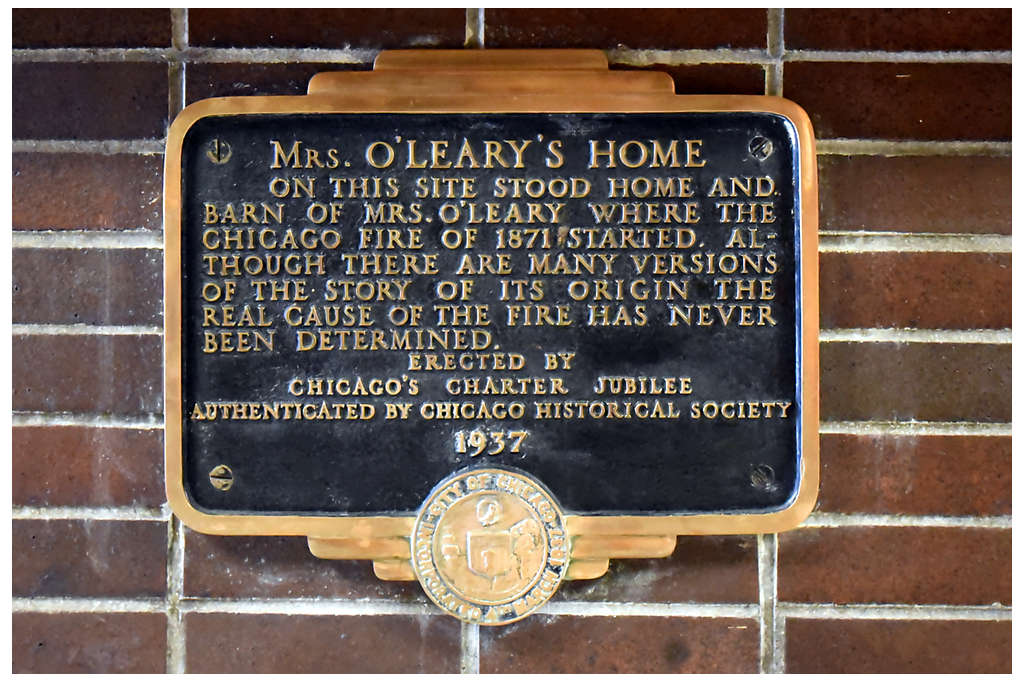HISTORY
This month in New York Life history—October.
New York Life | October 1, 2024

At New York Life
2015
Oct. 2: AARP, Inc. selected New York Life as its exclusive provider of long-term care insurance.
2004
Oct. 26: New York Life’s Westchester campus formally opened with a ribbon cutting ceremony. The ceremony capped the move of almost 1,000 employees from the Home Office Building on Madison Avenue to the new facility, the largest move of company personnel since the Home Office was occupied in 1928.
2002
Oct. 1: New York Life sponsored the four-part PBS television series The Rise and Fall of Jim Crow, whose first episode premiered on this date. The series would win a Peabody Award.
In conjunction with the series, New York Life sponsored a website designed to aid educators in teaching the Jim Crow era, and a travelling art exhibit, Rising Above Jim Crow: The Paintings of Johnnie Lee Gray, which exhibited the paintings of an African American artist who chronicled life under segregation. The exhibit began at the Schomburg Center for Research in Black Culture in November 2002 and then toured the U.S. between 2003 and 2004.
2000
Oct. 30: The Home Office Building at 51 Madison Avenue was designated an official New York City Landmark by the city’s Landmarks Preservation Commission.
1987
Oct. 19: The Dow Jones Industrial Average dropped more than 20% on Black Monday. The declining value of stocks drove many investors towards the relative safety of the bond market, which increased the value of New York Life’s extensive bond portfolio. It was the beginning of the vindication of New York Life’s prudent investments during the 1980s, when many competitors were chasing the heavier returns of a booming but dangerous market.
1964
Oct. 20: Former U.S. President and New York Life director and policy owner Herbert Hoover passed away.
1954
Oct. 3: The sitcom Father Knows Best premiered on CBS after having been a popular radio program since 1949. The titular father (played by Robert Young) was an insurance agent reportedly modeled on New York Life agent Frank Nathan. The show would air for a total of six seasons on CBS and NBC.
1929
Oct. 24: On “Black Thursday,” the U.S. stock market began a protracted crash that is widely credited with triggering the Great Depression, which lasted until approximately 1939.
When the crash hit, New York Life had been enjoying its best year to that point: in the first nine months of the year, its assets grew nearly $100 million, and it set a record for new business.
1871
Oct. 11: The board of trustees voted to allocate $5,000 to relief efforts after the Great Chicago Fire, which had burned from October 8 to 10. The company would not be immune from the collateral effects of a global collapse, but it would weather the tough times better than most of its competitors. It emerged from the Depression with a burnished reputation for stability and endurance that left it primed to take on the booming post-World War II market.
Around the World
1967
Oct. 2: Thurgood Marshall (1908-1993) was sworn in as the first African American associate justice of the U.S. Supreme Court. He served until 1991 and was known for opposing discrimination and the death penalty, and for championing free speech and civil liberties.
1945
Oct. 24: The United Nations was founded.
1927
Oct. 6: The first "talkie" opened in New York. The Jazz Singer starring Al Jolson was the first full-length feature film using spoken dialogue.
1908
Oct. 1: Henry Ford's Model T, a "universal car" designed for the masses, went on sale for the first time.
1886
Oct. 28: The Statue of Liberty was dedicated on Bedloe's Island in New York Harbor. The statue was a gift from the people of France commemorating the Franco-American alliance during the American Revolutionary War.
1871
Oct. 8: The Great Fire of Chicago erupted. According to legend, it started when Mrs. O'Leary's cow kicked over a lantern in her barn on DeKoven Street. Over 300 people were killed and 90,000 were left homeless as the fire leveled 3.5 square miles, destroying 17,450 buildings. Financial losses totaled over $200 million.
RELATED CONTENT
Go back to our newsroom to read more stories.
Media contact
Kevin Maher
New York Life Insurance Company
(212) 576-7937
Kevin_B_Maher@newyorklife.com
